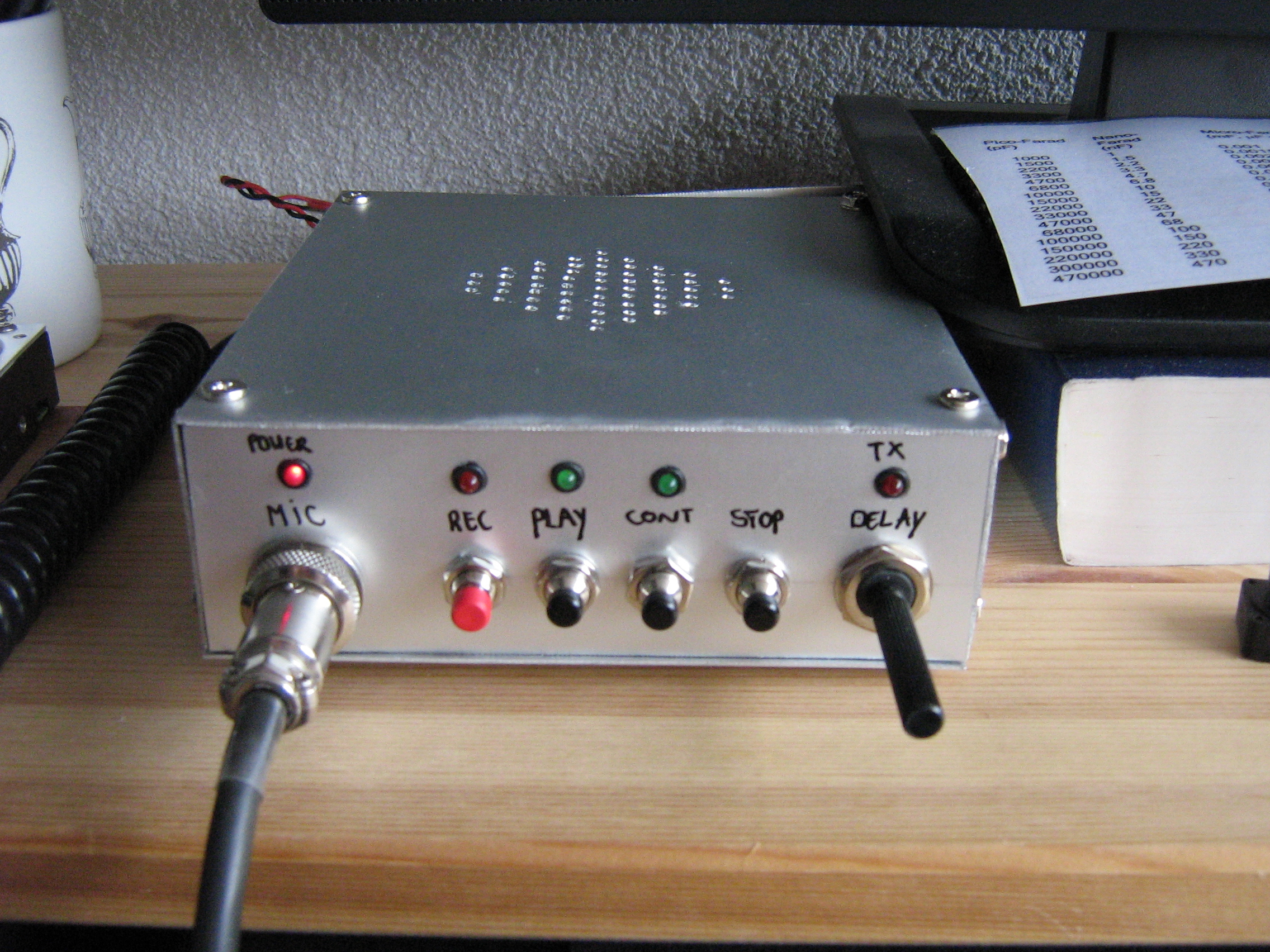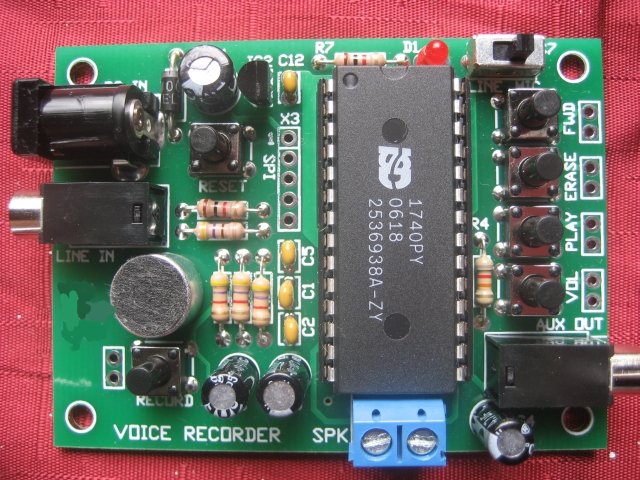

In fact, with my transmit profiles I have found that I get the best results if I set this level so that my average audio rises to around -15 dB with the maximum peaks reaching to around -10 dB as shown in the picture above.Ĩ. I'd like to mention again that the -2 dB level is an absolute maximum level that you should never exceed. Observe the TX meter EQ level as you speak into the microphone and adjust the “Preamp” slider in the EQ interface so that your maximum peaks reach no more than –2 dB. I would suggest that you enable the 10 band equalizer function at this time, if you have not already done so.ħ. From the dropdown menus along the top left of the Power SDR interface, select “Equalizer” and position it on your desktop so that you can access the Transmit Equalizer easily. This allows you to view the level of your second audio stage. A little experimentation and adjustment of gain levels at each stage will bring you to a very satisfactory result as long as you don't overdrive one stage and then underdrive another stage to compensate.Ħ. As someone wisely pointed out to me recently in an email, this not "a cookie cutter" kind of thing and your settings will certainly differ from what someone else finds to be optimal. In fact, as shown in the meter level displayed in the picture below, my levels at this stage average around -15 dB and rarely ever exceed -10 dB. I have found that I get the best results if I set this stage up much more conservatively. I'd like to mention that this is an absolute maximum level that I never reach while operating. Observe the TX meter Mic level and adjust your level up or down with the “Mic” input level slider (or the slider for whichever input you are using) in the Flex Audio Mixer so that the maximum peaks reach no more than –2 dB. With the Flex connected to a dummy load, key the transceiver and speak into the microphone at the voice level you typically use on the air. From the dropdown menus along the top left edge of the Power SDR interface, select “Mixer” and position it on your desktop so you can access it easily. This allows you to view the level of the first audio stage of your Flex.ĥ. In the upper right corner of the Power SDR interface use the TX dropdown in the meter to select "Mic” as shown in the picture below.

The “Mic” slider on the Power SDR front panel GUI is scaled from 0 to 70. If you have either the “DX” or “Compander” button selected on the front panel of Power SDR, unselect it now.ģ. Make sure that you have a TX profile selected that has your bandwidth set as you deem appropriate for the phone mode you are using.Ģ. Connect the Flex to a 50 ohm dummy load and select one of the voice modes in Power SDR. Steps for achieving balanced audio gain throughout the PowerSDR audio chain:ġ. While setting up his external audio chain Craig resolved an annoying issue with his Flex 5000A that involved tearing on audio peaks. Note: For those who are using an external audio rack with their Flex Radio I would also suggest reading through the excellent External Audio Setup Tutorial at the blog written by Craig W1MSG. Hopefully the steps below will help someone to avoid a disappointing result when they start to transmit!
#FLEXRADIO VOICE KEYER RUMLOGNG MANUAL#
Pages 77 and 78 of the 2.x.x Power SDR manual "sort of" infer the information given below, but I have found that many users are completely unaware of any audio level settings beyond the front panel Mic slider. I certainly don’t know everything there is to know about squeezing the most out of the audio functions in Power SDR, but I did find that balancing the gain from start to finish has brought very satisfactory results for me and a number of others who were becoming very frustrated. This can invoke strange events such as ringing in the audio, distortion, and aggressive ALC action with pumping and audio artifacts. It’s not unusual to find that one of the stages is inadvertently running at maximum gain while another stage is set near the minimum to compensate.
#FLEXRADIO VOICE KEYER RUMLOGNG HOW TO#
As it turns out, many of these stations are completely unaware of the multi-function TX meter and how to use it to correctly set the audio gain distribution throughout the Power SDR audio chain. However, it’s not uncommon to hear stations who seem to have a lot of grit, distortion, and harshness in their audio in all the voice modes. I have encountered lots of Flex/SDR users on the air who sound great in every voice mode. Setting Transmit Audio Gain Distribution in PowerSDR - W1AEX If you can read it directly go to this link. This is a really good explanation of how to setup the TX audio for PowerSDR, all radios can follow this procedure.


 0 kommentar(er)
0 kommentar(er)
